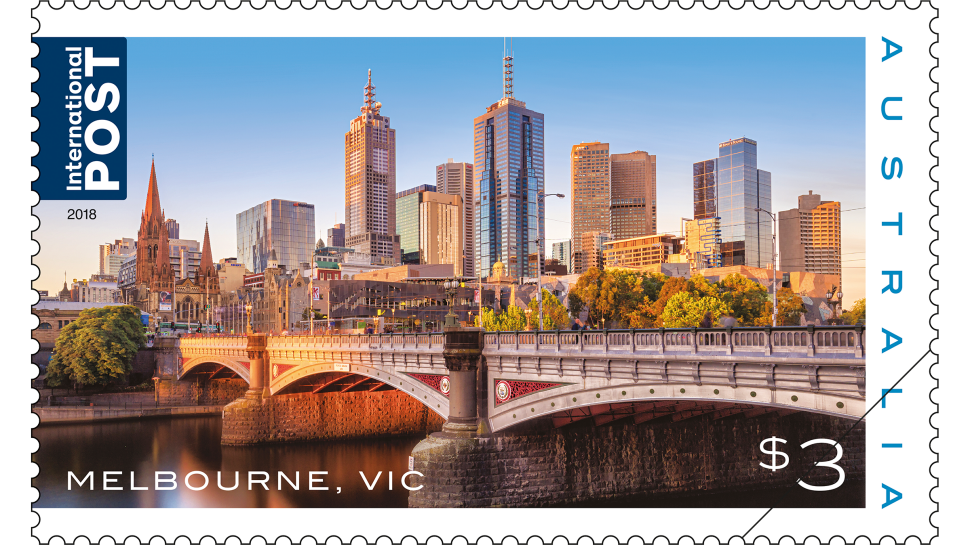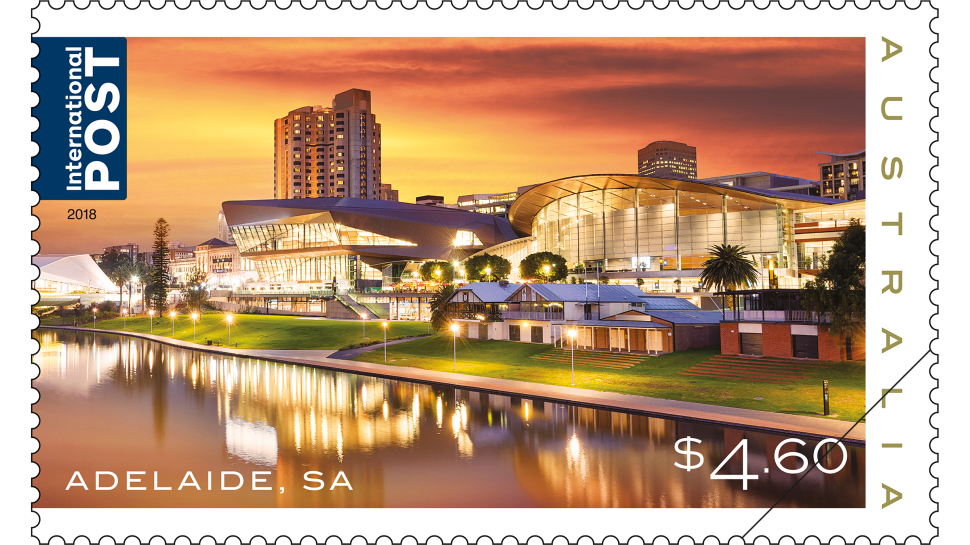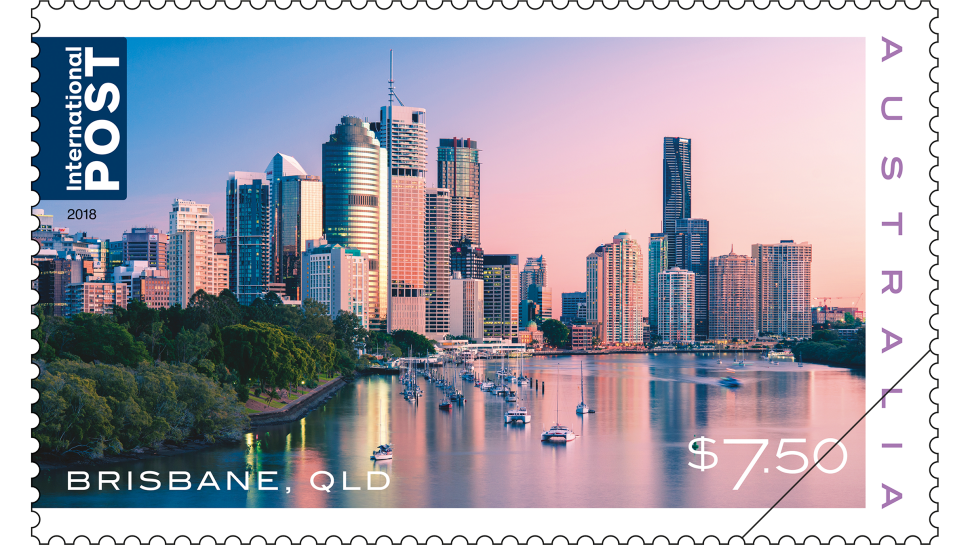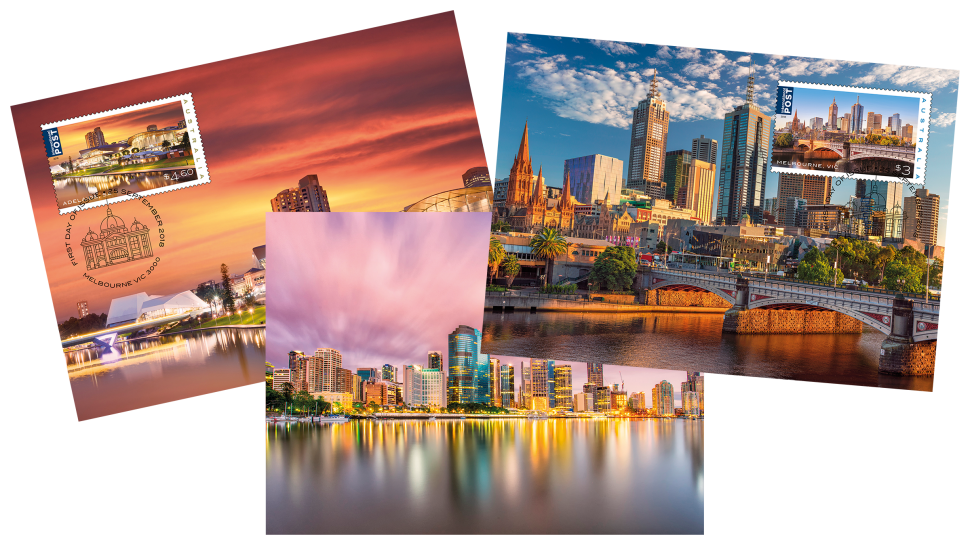In recent years, several indices of “liveability” have rated cities around the world. These include the Economist Intelligence Unit (EIU) Global Liveability Ranking, Mercer’s Quality of Living Ranking and Monocle’s Quality of Life Survey. These various surveys are based on a number of measures, including political and economic stability; access to healthcare, education, public transport and recreational activities; quality of infrastructure; and the integrity of the environment.
Australian cities consistently rate very highly in these surveys. According to the annual EIU Global Liveability Survey, Melbourne has been the world’s most liveable city for the last seven years, placing second in the most recent 2018 survey. In the 2017 survey, Adelaide, Perth, Sydney and Brisbane were all ranked in the top 20. Australian cities also ranked highly in Mercer’s Quality of Living Ranking: of the 231 cities assessed, Melbourne, Sydney, Perth, Canberra, Adelaide and Brisbane all made it to the top 40 in 2018. This year, Monocle’s Quality of Life Survey has rated Melbourne, Sydney and Brisbane among the top 25 cities in the world.
Such surveys really just confirm what most of us in Australia already know – our major cities are highly desirable places in which to live. The Beautiful Cities stamp issue, released on 25 September 2018 and designed by Jason Watts of the Australia Post Design Studio, celebrates the cities of Melbourne, Adelaide and Brisbane on three international-rate stamps.
Melbourne, Victoria
Melbourne, Victoria, is Australia’s second most populous city. Located on Port Phillip Bay, the city was built on the Yarra River, on the lands of the Boon Wurrung and Woiwurrung (Wurundjeri) peoples of the Kulin Nation. Today the broader metropolitan area has a population of nearly five million inhabitants.
The city was founded by free settlers from the British Crown colony of Van Diemen’s Land on 30 August 1835, in what was then the colony of New South Wales. Initially named Batmania in 1837, after early explorer John Batman, the small town was soon renamed in honour of the British prime minister of the day, William Lamb, 2nd Viscount Melbourne.
Queen Victoria declared Melbourne a city in 1847, and in 1851 it was named as the capital of the newly founded colony of Victoria. The grid layout of the streets of central Melbourne, which include “little streets” for ease of access, was devised by surveyor Robert Hoddle in 1837. Made prosperous by the Victorian gold rush of the 1850s, Melbourne became one of the world’s largest and wealthiest cities.
Melbourne is now a thriving multicultural city, noted for the world’s largest operational tram network, sporting venues such as the Melbourne Cricket Ground and events such as the Australian Open tennis championship and Australian Grand Prix.
Adelaide, South Australia
Adelaide is the capital of the state of South Australia. Located on the coast, north of the Fleurieu Peninsula, it has a population of around 1.4 million. The city was founded in 1836 and named after Queen Adelaide, the German wife of King William IV. The city was originally intended for free settlers and is one of the few Australian capitals without a convict foundation. Malaysian-born Colonel William Light, the first surveyor-general of the colony of South Australia, is commemorated as Adelaide’s founding father. It was Light who selected the location of the future city on the Torrens River, in the lands of the Kaurna people. He also designed the grid layout of the city, which is still characterised by its verdant parklands and wide boulevards.
Today’s gracious city, the fifth most populous in the nation, is characterised by its historic buildings, including many churches, and flourishing arts scene, including the long established Adelaide Festival of Arts.
Brisbane, Queensland
The state capital of Brisbane lies near Moreton Bay, on the Brisbane River in south-eastern Queensland. With 2.4 million inhabitants, Brisbane is the country’s third most populous city. British exploration of the region – the lands of the Turrbal or Jagera people – was first undertaken by John Oxley in 1823, and shortly afterwards the area was selected as a remote penal settlement for dangerous criminals. The original penal settlement was established in what is now the suburb of Redcliffe, but was later moved farther down the bay. In 1842, the area was opened to free settlement.
The city was named after Sir Thomas Brisbane, the governor of New South Wales from 1821 to 1825. In 1859, the city was named the capital of Queensland when it was proclaimed as a separate colony from New South Wales. Brisbane’s balmy, subtropical climate makes it a popular tourist destination. It’s also the gateway to the coastal resort regions of the Gold Coast and Sunshine Coast. The city landmarks include the 1,072-metre-long Story Bridge, which stretches from Fortitude Valley to Kangaroo Point; the Queensland Cultural Centre; and the University of Queensland.
The Beautiful Cities stamp issue is available from 25 September 2018, online, at participating Post Offices and via mail order on 1800 331 794, while stocks last.
View the gallery and technical details from this issue.
This article was produced at the time of publication and will not be updated.





